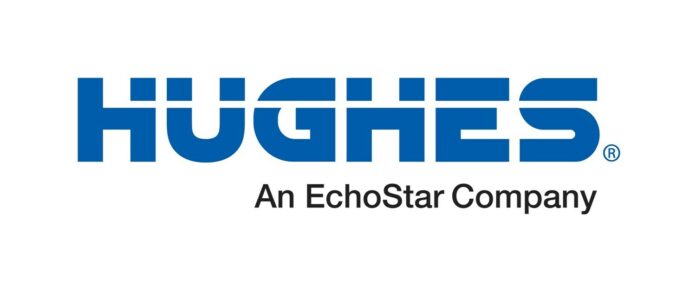Hughes said the demo tested remote network orchestration, wide area network (WAN) resiliency as well as secure Radio Access Network (RAN) sharing
Hughes Network Systems and Boost Mobile, both owned by EchoStar, said they successfully demonstrated multi-transport network management for the U.S. Navy.
The demonstration, which took place earlier this year, tested remote network orchestration, wide area network (WAN) resiliency and secure Radio Access Network (RAN) sharing between standalone private 5G networks operating at the U.S. Navy Air Station at Whidbey Island, Washington, and a base in Hawaii.
Under the demonstration, Boost Mobile said that it provided Open-RAN-based 5G networking technologies, while Hughes implemented its intelligent network orchestration capabilities, Smart Network Edge (SNE) mission-planning technology and Network Management System (NMS).
“The combined team successfully demonstrated a flexible and resilient mission network that dynamically switched communications paths to ensure uninterrupted situational awareness,” said Rajeev Gopal, VP of advanced programs for the defense division at Hughes. “We are ready to implement smart network orchestration and secure Private 5G networks for the U.S. Department of Defense to ensure that users have critical command and control information when they need it most, even in disrupted, occasionally disconnected, and low-bandwidth conditions.”
Hughes also explained that the network supported Automated PACE planning, leveraging Hughes NMS and SNE technologies that dynamically utilize multiple transport paths to deliver situational awareness. These advanced automation techniques optimize capacity, QoS and various time/space-based resource commitments to speed up changes and access to satellite communications resources, Hughes added.
Hughes said its technology can process new service requests in less than five seconds to accommodate new threats in the theatre and automatically distribute information across paths orchestrated by Hughes SNE. The NMS and SNE are critical enablers for state-of-the-art resilient communications utilizing multiple diverse transports, including GEO, MEO, LEO and 5G systems.
The partners also noted that the demonstration confirmed that the EchoStar Private 5G O-RAN network can maintain secure connectivity for devices and applications when users travel outside the naval base. This capability supports a concept of operations where a device running on the Whidbey Island NAS 5G network can travel to another location and still securely access applications that reside at Whidbey Island. The Navy can use this secure internet access for missions requiring a user to relocate from one base to another, the partners added.
In April, Hughes Network Systems announced the opening of a new manufacturing facility and private 5G incubation center in Germantown, Maryland.
The Hughes Manufacturing Facility (EXM) produces the company’s satellite modems and Low Earth Orbit (LEO) satellite terminals.
In addition to about 400 engineers, technicians and manufacturing staff, the Hughes EXM facility utilizes advanced robotics to assist in the manufacture of high-tech products such as satellite modems and terminals. The company noted that the EXM facility will also serve as a testing ground for private 5G solutions for enterprise applications as well as secure 5G networking applications critical to the U.S. Department of Defense (DoD).
Hughes will use the new facility in Maryland to provide the DoD with secure onshore manufacturing capabilities to help the agency evaluate 5G applications for use cases in the military field.

